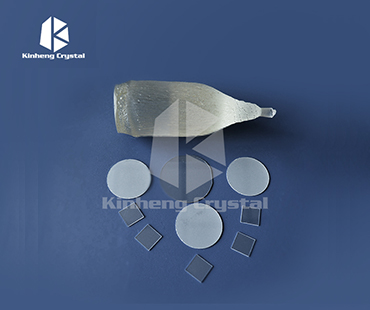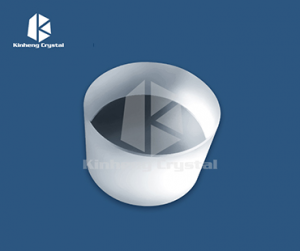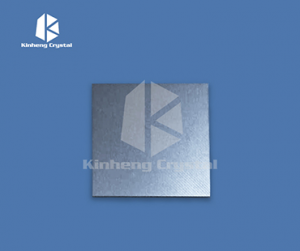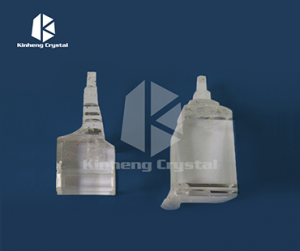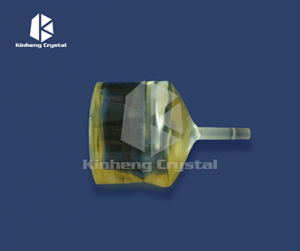LiAlO2 Substrate
Description
LiAlO2 is an excellent film crystal substrate.
Properties
| Crystal structure |
M4 |
| Unit cell constant |
a=5.17 A c=6.26 A |
| Melt point(℃) |
1900 |
| Density(g/cm3) |
2.62 |
| Hardness (Mho) |
7.5 |
| Polishing |
Single or double or without |
| Crystal Orientation |
<100> <001> |
The LiAlO2 Substrate Definition
The LiAlO2 substrate refers to a substrate made of lithium aluminum oxide (LiAlO2). LiAlO2 is a crystalline compound belonging to the space group R3m and has a triangular crystal structure.
LiAlO2 substrates have been used in a variety of applications, including thin film growth, epitaxial layers, and heterostructures for electronic, optoelectronic, and photonic devices. Due to its excellent physical and chemical properties, it is especially suitable for the development of wide bandgap semiconductor devices.
One of the main applications of LiAlO2 substrates is in the field of Gallium Nitride (GaN) based devices such as High Electron Mobility Transistors (HEMTs) and Light Emitting Diodes (LEDs). The lattice mismatch between LiAlO2 and GaN is relatively small, making it a suitable substrate for epitaxial growth of GaN thin films. The LiAlO2 substrate provides a high-quality template for GaN deposition, resulting in improved device performance and reliability.
LiAlO2 substrates are also used in other fields such as the growth of ferroelectric materials for memory devices, the development of piezoelectric devices, and the fabrication of solid-state batteries. Their unique properties, such as high thermal conductivity, good mechanical stability, and low dielectric constant, give them advantages in these applications.
In summary, LiAlO2 substrate refers to a substrate made of lithium aluminum oxide. LiAlO2 substrates are used in various applications, especially for the growth of GaN-based devices, and the development of other electronic, optoelectronic and photonic devices. They possess desirable physical and chemical properties that make them suitable for the deposition of thin films and heterostructures and enhance device performance.






